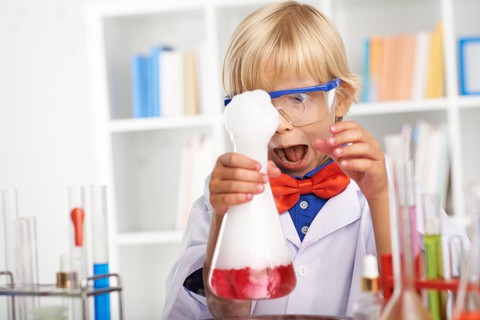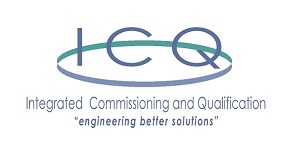Getting Smart with Utilities Sampling

In the pharmaceutical industry utilities sampling is done for a number of reasons such as regulatory requirements, quality control, process control, investigational purposes, diagnostic purposes, or Test Method Validation to name a few. Therefore it is important to understand what a sample is and why they are important.
Simply put, the purpose of sampling is to collect a small representative fraction of a much larger lot that accurately represents the composition of the lot. The sampling process should not modify or change the collected sample in any way. However in many cases this is a practically impossible proposition as all sampled utilities come into contact with air and containers during the sampling process. Sample handling concerns can be reduced and sometimes eliminated altogether by monitoring quality parameters using
Sampling effectively is of the highest importance to the success of any pharmaceutical critical utility system. However, when it comes to sampling there is not much regulatory guidance. So collecting a representative sample from a utility system can be a difficult and complex process. Inaccuracies may be introduced in any number of ways such as:
- environmental conditions
- sample valve design
- sample point location
- procedure, container type
- sample handling, sample storage and transport
The effect of these aspects is common and occurs throughout industry. As a result, errors due to sampling happen frequently. To mitigate sampling errors establish good practices by improving upon:
- How you determine sampling locations
- Developing sampling plans
- Sample valve designs
- Sampling Techniques
- Handling Samples
- Training for personnel performing the sampling
During a particular startup, renovations in the supporting QC laboratory areas were also ongoing. Unbeknownst to the startup team, sterility samples were stored and manipulated in a non-controlled space adjacent to the laboratory due to space constraints. When sample failures were noticed, an investigation of all the above listed criteria were performed. Finally, the space and lack of controls were identified and found to be the root cause of the failures. Communication of all “non-ordinary” aspects of a project is essential to minimize risk and work towards the successful and timely completion of sampling.
Improper sampling can be responsible for creating Out Of Specification (OOS) data and prompting investigations into a system that is actually providing suitable quality. Or conversely, improper sampling could create a more dangerous situation where the quality is in fact OOS, but the data falsely indicates that the quality is acceptable. In either instance, there could be adverse effect on company image, budget, production, integrity, and regulatory accountability, all brought about from improper sampling.
So get smart about your utility sampling!
Reference: ISPE Good Practice Guide: Sampling Pharma Water, Steam, & Process Gases
Written By: Nathan Roberge, Consultant III
Join our network, follow us, like us and share this on LinkedIn, Google +, Twitter and Facebook so you can see other new and exciting news and discussions being posted by ICQ Consultants. Or visit our website and get and in depth view of what we are all about: http://icqconsultants.com.





